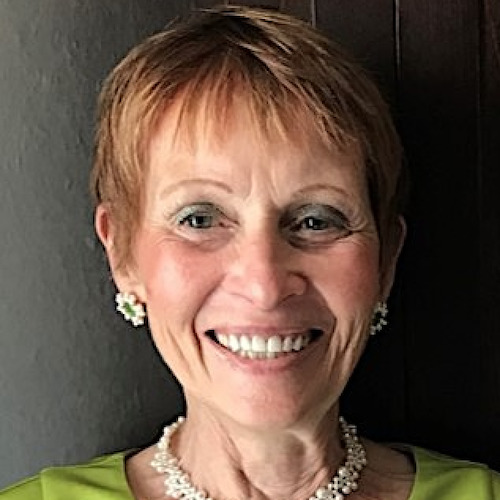
Reliable, modern infrastructure is especially critical in senior living residences. Those condensed communities operate around the clock not only to offer healthcare services for vulnerable residents but also to provide a safe, healthy and comfortable home. Operational reliability is everything to those settings, but during an emergency, those functions are more important than ever.
As climate change continues to shift once-predictable patterns across the globe, many senior living communities’ outdated infrastructure is not built to withstand the increasing intensity of crises such as hurricanes, flooding, heat waves or winter storms. Consider how cities such as Seattle were caught unprepared by recent summers’ unprecedented heat waves, leaving senior living communities that previously had no need for central air conditioning systems scrambling to find ways to cool residents. Without modernized infrastructure, lifesaving care could be disrupted, leaving residents exposed and at risk.
Senior living leaders can take immediate steps to improve their communities and ensure that their staff members are equipped to deliver uninterrupted care and services, no matter what the elements throw at them.
1. Perform facility evaluations
Before updates can begin, senior living community leaders must understand where improvements are needed, starting with a comprehensive evaluation of their buildings, systems and processes. This audit will uncover energy and cost inefficiencies, aged equipment and resident and staff “pain points” as well as exciting opportunities for optimization. Based on those evaluations, community managers can build out a prioritized checklist of improvements that align with their overall business objectives.
2. Explore federal funding
Federal funding and local grants are available to senior living communities, allowing them to make necessary updates while preserving much-needed capital. To make the most of these funds, organization leaders can double down on their efforts by pursuing innovative funding mechanisms such as performance contracting, contingent payment programs and “as a service” offerings. Combined, those alternative financing avenues enable senior living communities to mitigate risk and effects on their budgets without delaying improvements.
3. Prioritize resident welfare
The core mission of any senior living community, especially assisted living and memory care communities, is resident care. Fostering a healthy, safe and comfortable environment that can withstand an emergency, however, is challenging when dealing with deferred maintenance. Upgrading systems to address this backlog is an important component of promoting resident care. Such upgrading includes updating security, life safety, HVAC systems and clean air solutions to ensure resiliency and comfort regardless of any inclement weather.
4. Integrate smart building innovations
Gaining real-time insight into building operations empowers senior living community managers to identify potential shortcomings before they can snowball into downtime. Smart building solutions such as building automation systems, or BAS, integrate previously disparate technologies such as HVAC, lighting and security into a single dashboard. This integration provides managers will a holistic perspective on the health of their buildings, ensuring that all assets are performing at their maximum capacity.
Those smart capabilities can prove to be integral during a weather emergency. For instance, during an extreme heat wave, mangers can leverage their BAS to automatically turn on cooling system in occupied rooms, ensuring that all residents are kept comfortable while minimizing system overload.
5. Invest in energy efficiency
Modernizing infrastructure with the latest building solutions and processes naturally improves overall energy efficiency while helping to mitigate the effects of the ultimate source of the issue: climate change. From updating aged systems with the latest energy-efficient solutions to integrating renewable energy and electrification solutions to reduce grid reliance, investing in sustainability supports uninterrupted resident care while achieving emissions reduction goals.
Feeling effects everywhere
Regardless of where a senior living community is located, its owners, staff members and residents are undeniably feeling the negative effects of climate change. In extreme cases, those weather events can disrupt care and put vulnerable residents at risk. Fostering a resilient facility starts with modernized infrastructure. By taking steps to update building systems with future-forward technologies and strategies, senior living leaders can ensure that they always are putting residents first.
Mary Fox is the director of public housing, performance infrastructure, for Johnson Controls Building Solutions North America. She has more than 30 years of experience in the energy industry and 20 years with public housing clients.
The opinions expressed in each McKnight’s Senior Living marketplace column are those of the author and are not necessarily those of McKnight’s Senior Living.
Have a column idea? See our submission guidelines here.


